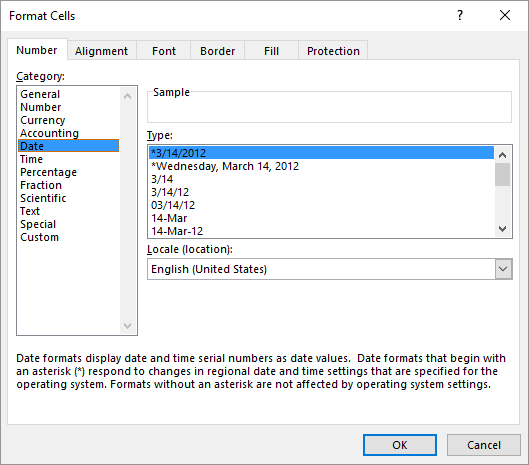

#Convert dates in excel for mac serial number
Note that with the two base-date systems the dates for any given serial number aren't off by only four years-they are off by four years and a day.


Under the 1904 base-date system, an internal serial number of 0 is January 1, 1904, 1 is the next day, and 2 is the day after. It is unclear exactly when Microsoft changed the default.) Microsoft used this second base-date system because early Macs had an inherent problem in dealing with dates before January 1, 1904-something related to how leap years were dealt with, if I recall correctly. (I say "historically" because it isn't the default in the latest Mac versions. Historically this is the base date used in Mac-based Excel versions. The 1900 base date is the default for Windows-based Excel versions. This date is normally January 1, 1900, so a serial number of 1 is that date (January 1, 1900), 2 is the next day, 3 the following day, etc. You see, internally Excel maintains dates as a serial number that represents the number of days from a given base date. The problem is related to the two different "base dates" that Excel can use for calculating dates. The giveaway clue in John's description is that there is a four-year difference between what he copies and what is pasted. The pasted data all has 2014 as the year and the days are one digit earlier (17th becomes 16th, etc.). For example, he did this with a workbook with 100 lines, 3 columns of dates, all with 2018 as the year. John notes that when cutting and pasting dates between workbooks, they seem to change for no reason.


 0 kommentar(er)
0 kommentar(er)
